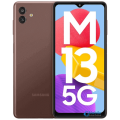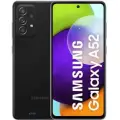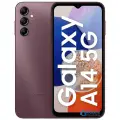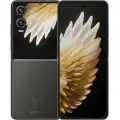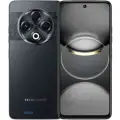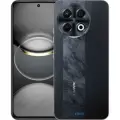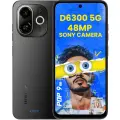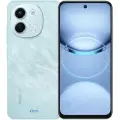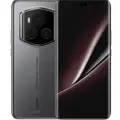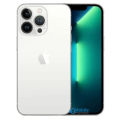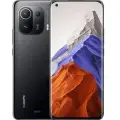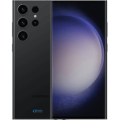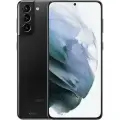Samsung Galaxy Note10
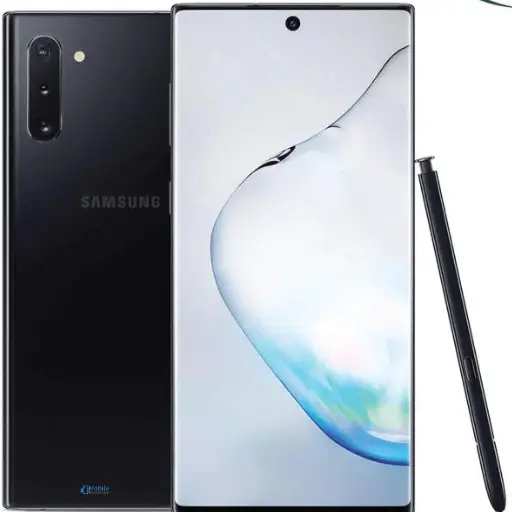


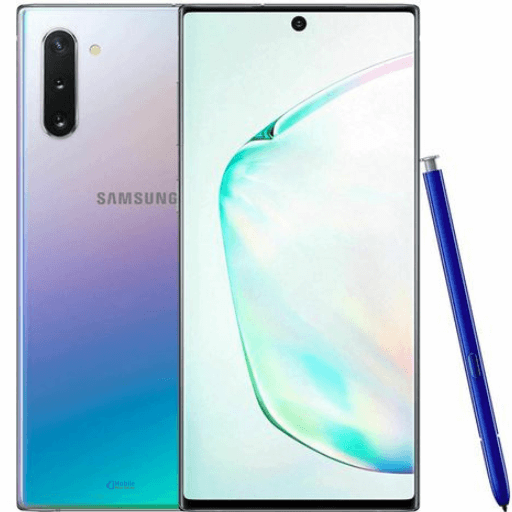
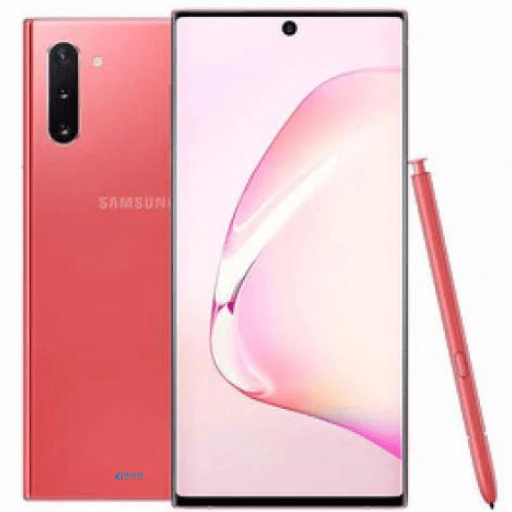
-
Released: 2019, August
-
OS: Android 9.0; One UI
-
Display: 6.3" 1080x2280 pixels
-
Camera: 12MP 2160p
-
RAM: 8GB RAM Exynos 9825
-
Battery: 3500mAh Li-Ion
Full Specifications and Price in Bangladesh
General Info
| Announced | 2019, August |
| Status | Available |
| Brand | Samsung |
| Model | Samsung Galaxy Note10 |
| Color | Aura Glow, Aura White, Aura Black, Aura Pink, Aura Red |
| Made by | Korea |
| Price | BDT. 66,000 |
Network
| Technology | GSM / CDMA / HSPA / EVDO / LTE |
| 2G Bands |
GSM 850 / 900 / 1800 / 1900 - SIM 1 & SIM 2 (dual-SIM model only) CDMA 800 / 1900 - USA |
| 3G Bands |
HSDPA 850 / 900 / 1700(AWS) / 1900 / 2100 CDMA2000 1xEV-DO - USA |
| 4G Bands |
1, 2, 3, 4, 5, 7, 8, 12, 13, 17, 18, 19, 20, 25, 26, 28, 32, 38, 39, 40, 41, 66 - Global, LATAM 1, 2, 3, 4, 5, 7, 8, 12, 13, 14, 18, 19, 20, 25, 26, 28, 29, 30, 46, 48, 66, 71 - USA 1, 2, 3, 4, 5, 7, 8, 12, 13, 18, 19, 20, 25, 29, 30, 38, 39, 40, 41, 46, 66, 71 - Canada |
| 5G Bands | N/A |
| Speed | HSPA 42.2/5.76 Mbps, LTE (7CA) Cat20 2000/150 Mbps |
| GPRS GPRS (General Packet Radio Service) is a packet oriented mobile data service on the 2G and 3G cellular communication system's global system for mobile communications (GSM), Generally, GPRS is used for the purpose of wireless data transfer, such as sharing pictures and videos or browsing the Internet via a mobile phone connection. | |
| EDGE EDGE (Enhanced Data GSM Environment) is a wireless network technology generally considered the next step in the 2G network offers data transfer rates up to four times faster than ordinary GSM networks, Generally, EDGE is used for the purpose of wireless data transfer, such as sharing pictures and videos or browsing the Internet via a mobile phone connection. |
Body
| Dimensions | 151 x 71.8 x 7.9 mm (5.94 x 2.83 x 0.31 in) |
| Weight | 168 g (5.93 oz) |
| Build | Glass front (Gorilla Glass 6), glass back (Gorilla Glass 6), aluminum frame |
| SIM SIM (Subscriber Identity Module) is a small card that contains mobile network subscriber's account information. This allows the phone using the card to attach to a mobile network. The SIM card is most commonly associated with GSM and UMTS mobile networks. Moving a SIM card from one phone to another allows a subscriber to switch mobile phones without having to contact their mobile network carrier. SIM cards can also be used by a phone to store limited amounts of data, such as phone numbers and text messages. | Single SIM (Nano-SIM) or Dual SIM (Nano-SIM, dual stand-by) |
Display
| Type Design Type called form factor refers to a mobile phone's size, shape, and style as well as the layout and position of major components of phone. There are three major form factors seen in mobile phones => bar phones, folding phones and sliding phones. | Dynamic AMOLED, HDR10+ |
| Size | 6.3 inches, 98.6 cm2 (~90.9% screen-to-body ratio) |
| Resolution | 1080 x 2280 pixels, 19:9 ratio (~401 ppi density) |
| Refresh Rate | 60 Hz |
| Protection |
Corning Gorilla Glass 6 |
| Pixel Density Pixel Density (PPI) is refers to the concentration of pixels on a particular display, measured in pixels per inch (ppi). Pixel density is calculated by dividing the diagonal pixel resolution of a display by its diagonal size, higher pixel density better display quality. | 401 ppi density |
| Multitouch | |
| Features |
- SMS(threaded view), MMS, Email, Push Email, IM - XviD/MP4/H.265 player - MP3/WAV/eAAC+/Flac player - Photo/video editor - Document viewer |
Platform
| Operating System OS => Every computer system run on a base software called Operating System (OS). Operating System controls all basic operations of the computer (such as smartphone, PDAs, tablet computers and other handheld devices). The Operating System allows the user to install and run third party applications (apps), apps are used to add new functionality to the device. | Android 9.0 (Pie), upgradable to Android 12, One UI 4 |
| Chipset Chipset is a group of integrated circuits designed to perform one or a more dedicated functions, often with real time computing constraints, Popular smartphones are equipped with more advanced embedded chipsets that can do many different tasks depending on their programming. | Exynos 9825 (7 nm) - EMEA/LATAM Qualcomm SM8150 Snapdragon 855 (7 nm) - USA/China |
| CPU CPU (Central Processing Unit) mostly known as processors, CPU processes instructions in order to carry out certain functions that make your device operate properly. Processors are often described as the brain of computers, smartphones and tablets, Smartphones and tablets rely on processors to carry out their every task, Processors are an incredibly important factor in selecting any type of computing device, including your smartphone. | Octa-core (2x2.73 GHz Mongoose M4 & 2x2.4 GHz Cortex-A75 & 4x1.9 GHz Cortex-A55) - EMEA/LATAM Octa-core (1x2.84 GHz Kryo 485 & 3x2.42 GHz Kryo 485 & 4x1.78 GHz Kryo 485) - USA/China |
| GPU GPU (Graphics Processing Unit) is a single-chip processor designed to rapidly manipulate and alter memory to accelerate the creation of images in a frame buffer intended for output to a display, This includes things such as lighting effects, object transformations, and 3D motion. | Mali-G76 MP12 - EMEA/LATAM Adreno 640 - USA/China |
Memory
| Card Slot Memory Card Slot is a special slot for inserting a memory card. Memory cards allow you to expand the phone's built-in memory, A memory card (sometimes called a flash memory card or a storage card) is a small storage medium used to store data such as text, pictures, audio, and video, for use on small, portable or remote computing devices such as mobile phones, mp3 players, digital cameras. | No |
| RAM RAM (Random Access Memory) is a type of computer memory that can be accessed randomly, any byte of memory can be accessed without touching the preceding bytes that allows information to be stored and accessed quickly from random locations. RAM is the most common type of memory found in computer systems, smartphones, tablets and other electronic devices. | 8GB |
| Internal Internal Storage is a data storage space (flash memory) mostly used in smartphones, tablets and other electronic devices where operating system, apps, music, photos, videos, files and other user data Is stored. | 256GB UFS 3.0 |
Main Camera
| Camera Resolution |
12 MP, f/1.5-2.4, 27mm (wide), 1/2.55", 1.4µm, dual pixel PDAF, OIS 12 MP, f/2.1, 52mm (telephoto), 1/3.6", 1.0µm, PDAF, OIS, 2x optical zoom 16 MP, f/2.2, 12mm (ultrawide), 1/3.1", 1.0µm, Super Steady video |
| Camera Features |
LED flash, auto-HDR, panorama |
| Video Resolution | 4K@30/60fps, 1080p@30/60/240fps, 720p@960fps, HDR10+, stereo sound rec., gyro-EIS & OIS |
Selfie Camera
| Camera Resolution |
10 MP, f/2.2, 26mm (wide), 1/3", 1.22µm, dual pixel PDAF Features Dual video call, Auto-HDR |
| Camera Features |
Dual video call, Auto-HDR |
| Video Resolution | 4K@30/60fps, 1080p@30fps |
Sound
| Alert Types | Vibration, MP3, WAV ringtones |
| Loudspeaker | Yes, with stereo speakers |
| Audio Jack |
Connectivity
| WLAN | Wi-Fi 802.11 a/b/g/n/ac/ax, dual-band, Wi-Fi Direct, hotspot |
| Bluetooth Bluetooth is a wireless communications technology for exchanging data between mobile phones, headsets, computers and other network devices over short distances without wires, Bluetooth technology was primarily designed to support simple wireless networking of personal consumer devices. | 5.0, A2DP, LE, aptX |
| GPS GPS The Global Positioning System is a satellite-based radio navigation system, GPS permits users to determine their position, velocity and the time 24 hours a day, in all weather, anywhere in the world, In order to locate your position, your device or GPS receiver must have a clear view of the sky. | Yes, with A-GPS, GLONASS, BDS, GALILEO |
| NFC NFC (Near field communication) is a set of standards for smartphones and similar devices to establish peer-to-peer radio communications with each other by touching them together or bringing them into proximity, usually no more than a few inches. | |
| Infrared port | |
| FM Radio | |
| USB | 3.1, Type-C 1.0 reversible connector |
Features
| Sensors Sensors are electronic components that detects and responds to some type of input from the physical environment. The specific input could be light, heat, motion, moisture, pressure and location, The output is generally a signal that is converted to use in computing systems, a location sensor, such as a GPS receiver is able to detect current location of your electronic device. |
Fingerprint (under display, ultrasonic), accelerometer, gyro, proximity, compass, barometer Samsung DeX (desktop experience support) ANT+ Bixby natural language commands and dictation |
| Messaging | SMS(threaded view), MMS, Email, Push Email, IM |
| Browser Web Browser => a web browser is a software application used to locate, retrieve and display content on the World Wide Web, including Web pages, images, video and other files, The primary function of a web browser is to render HTML, the code used to design or markup webpages. | HTML5 |
| Java |
Battery
| Battery Type Battery Type => Cell phones run on various kinds of batteries depending on the manufacturer, phone size or shape and features. There are basically four types of cell phone batteries => Lithium Polymer, Lithium Ion, Nickel Metal Hydride and Nickel Cadmium. | Non-removable Li-Ion |
| Battery Capacity Battery Capacity is a measure (typically in Amp-hr) of the charge stored by the battery, and is determined by the mass of active material contained in the battery. The battery capacity represents the maximum amount of energy that can be extracted from the battery under certain conditions. | 3500 mAh |
| Charging Wireless Charging (Inductive Charging) uses an electromagnetic field to transfer energy between two objects. This is usually done with a charging station. Energy is sent through an inductive coupling to an electrical device, which can then use that energy to charge batteries or run the device. |
Fast battery charging 25W USB Power Delivery 3.0 Fast Qi/PMA wireless charging 12W Power bank/Reverse wireless charging 9W |
| Fast Charging | |
| Wireless Charging |
Samsung Galaxy Note10: Overview
The Samsung Galaxy Note10 is a flagship smartphone known for its sleek design, powerful performance, and iconic S Pen functionality. It targets users who need a high-performance device for both productivity and entertainment. With a premium build, excellent camera setup, and top-tier specifications, the Galaxy Note10 stands out as one of the best devices in Samsung’s Note series.
Price in Bangladesh:
The Samsung Galaxy Note10 is available for approximately 66,000 BDT in Bangladesh, depending on local retailers and offers.
Pro and Cons
Pros:
- Premium Design: Its glass body, slim profile, and curved edges give it a sleek, modern look.
- Dynamic AMOLED Display: A 6.3-inch Full HD+ display offers vibrant colors and deep contrasts, perfect for media consumption and creative work.
- S Pen Integration: The S Pen adds versatility, allowing users to take notes, control apps, and precisely create sketches.
- Excellent Performance: Powered by the Exynos 9825 or Snapdragon 855 (depending on the region), the phone handles multitasking, gaming, and demanding apps with ease.
- Triple Camera System: The 12 MP primary camera, 12 MP telephoto lens, and 16 MP ultra-wide sensor deliver high-quality photos in various conditions.
- Fast Charging: With 25W fast charging support, the 3,500mAh battery charges quickly, ensuring minimal downtime.
Cons:
- No Headphone Jack: The removal of the 3.5mm headphone jack may be an inconvenience for users who prefer wired audio.
- Battery Size: The 3,500mAh battery may feel insufficient for power users, especially when using power-intensive applications or 4G/5G networks.
- No microSD Slot: The Galaxy Note10 does not support expandable storage, limiting storage options to the internal memory.
- Expensive: As a flagship device, the Note10 carries a premium price tag that may be too high for budget-conscious users.
FAQs
Q1: Does the Samsung Galaxy Note10 support 5G?
The base model of the Galaxy Note10 does not support 5G. For 5G support, the Galaxy Note10+ 5G model is available.
Q2: Can I expand the storage on the Samsung Galaxy Note 10?
The Note 10 has no microSD card slot, so storage is limited to internal memory.
Q3: Is the Samsung Galaxy Note 10 water-resistant?
Yes, the Galaxy Note10 is IP68 rated. It is resistant to dust and can survive submersion in water up to 1.5 meters for 30 minutes.
Q4: What is the battery life of the Galaxy Note 10?
The Galaxy Note10 has a 3,500mAh battery, which provides a full day’s use under moderate usage. However, heavy users may need to recharge by the evening.
Q5: What colors are available for the Galaxy Note 10?
The device comes in several striking colors, including Aura Glow, White, Black, and Aura Pink.
Reason to Buy
- S Pen Features: The Galaxy Note10 is ideal for users who value the productivity features that come with the S Pen, such as note-taking, drawing, and controlling the phone remotely.
- Impressive Display: The Dynamic AMOLED display delivers stunning visuals, perfect for watching videos, playing games, or working on creative projects.
- Compact Flagship: The Galaxy Note10 offers flagship-level performance in a smaller form factor, ideal for users who prefer a more compact device.
- Versatile Camera System: With a triple camera setup, users can take high-quality photos in various conditions, from low light to wide-angle shots.
- Fast Charging and Wireless Charging: The 25W fast charging ensures the device powers quickly. In contrast, wireless charging adds convenience for those on the go.
The Samsung Galaxy Note10 is a strong contender for users who want a premium smartphone with excellent productivity features and top-tier performance while still compact for everyday use.
Videos
Disclaimer Note
We do not guarantee that the information of this page is 100% accurate and up to date.

